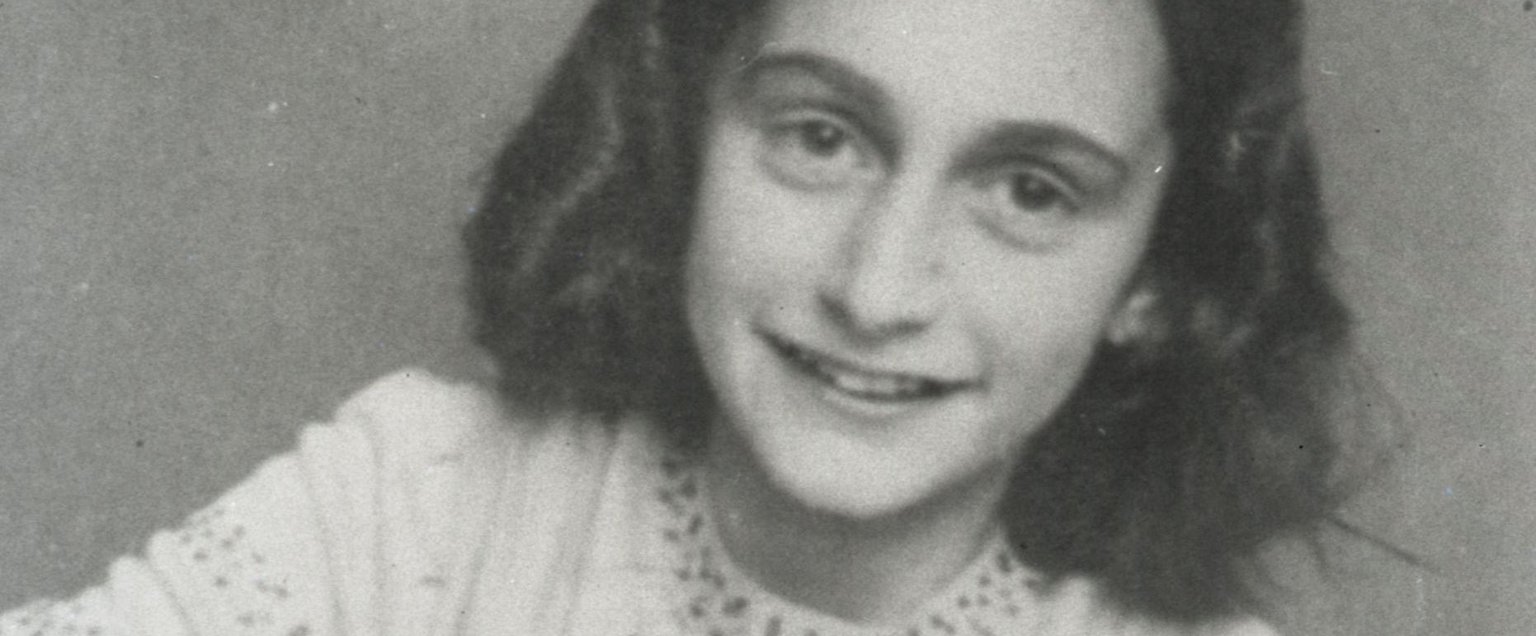Anne was given her diary for her 13th birthday, on 12 June 1942. It was something she really wanted. Her parents let her to pick one out herself in a bookshop. On the cover she wrote: ‘I I hope I will be able to confide everything to you, as I have never been able to confide in anyone, and I hope you will be a great source of comfort and support.’ Three weeks later, on 6 July, Anne went into hiding with her family in the Secret Annex, the hidden apartment at the rear of her father’s business premises on the Prinsengracht canal in Amsterdam. The diary was one of the first items she packed.
the diary offered Anne the support she desperately needed during the hiding period. Writing was a way of venting her heart and also using her ambitions. She hoped one day to become a famous writer or journalist. On 28 March 1944, Minister Bolkestein’s appeal to the Dutch on radio Oranje to keep important documents about the war inspired Anne: she planned after the war to publish a book about her time in hiding. She also came up with a title: Het Achterhuis, or The Secret Annex. She worked hard. In four months, until the arrest on 4 August 1944, Anne rewrote a large part of her diary, omitted some texts and added many new ones. She describes the period from 12 June 1942 to 29 March 1944.
Father Otto, the only one in the family to survive the war, granted his daughter’s wish posthumously. Het Achterhuis, or The Secret Annex, was published on 25 June 1947, this year 75 years ago.
